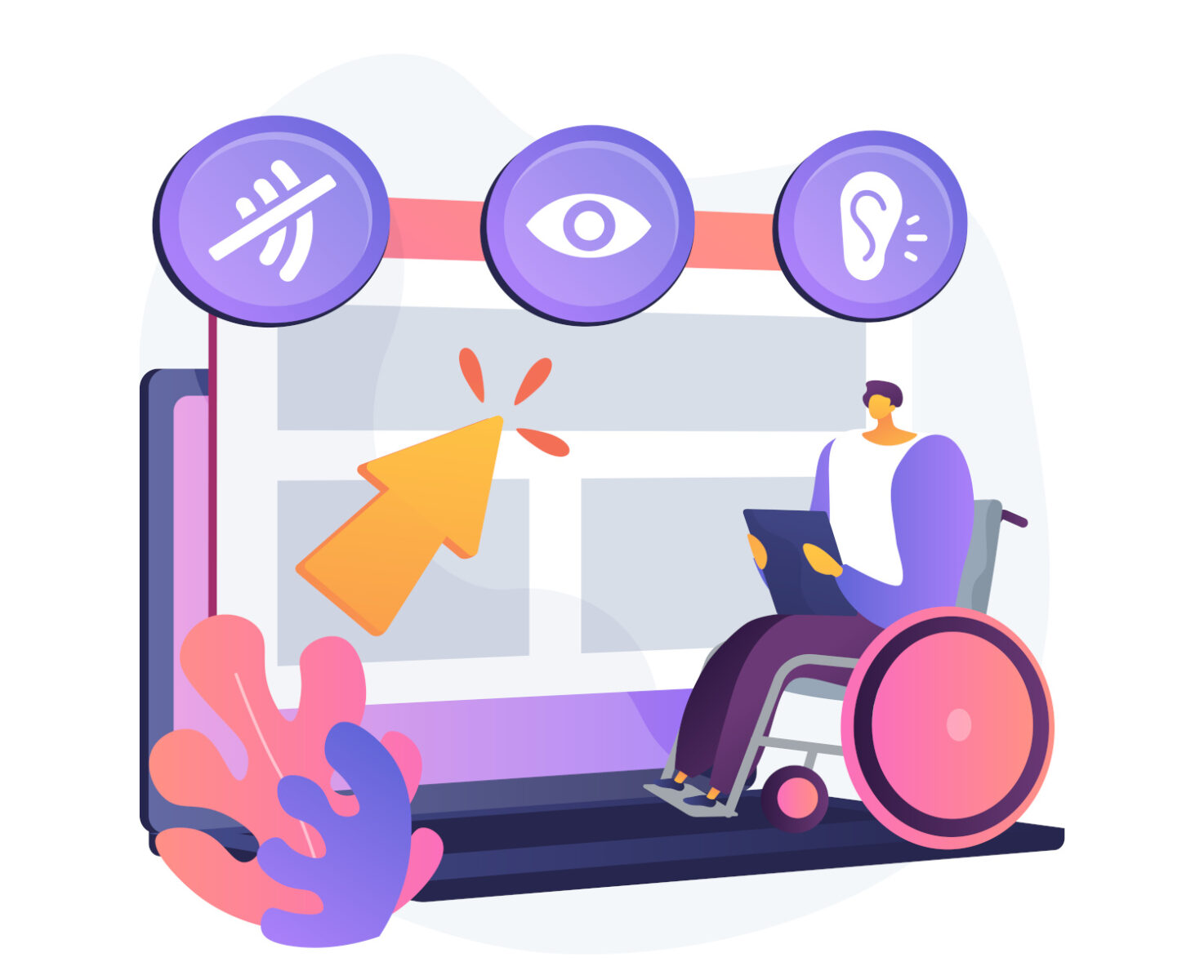Last Updated on 25th January 2024 by peppe8o
Technology is one of the most essential things that makes information accessible. It creates convenience and straightforward use in ICT and Software. But sometimes, there is one thing that is sometimes neglected: accessibility for everyone, starting from people with disabilities to people with low literacy. The accessibility in ICT is concentrated on creating an inclusive world where everyone, without any exception, can find information without any problem.
The Importance of Accessibility
What does technology do? It helps us connect, find information, and learn just with a gadget. Simply put, makes life easier. But we have to remember the influence of technology on people with disabilities. When technology is not designed with accessibility in mind, it can create unnecessary barriers and make simple tasks more difficult. This is why legal frameworks like the ADA are vital to ensuring equal access to technology, just as we have requirements for the physical accessibility of ramps and elevators.
For them, websites, content, videos, and other things on the internet can be considered elevators that effortlessly expand technology accessibility. This is not just a legal requirement but a logical and compassionate approach. Around 15% of the population faces disabilities, and by ensuring universal access to technology, businesses can reach a broader customer base, schools can welcome a more diverse student population, and governments can effectively meet the needs of their citizens.
Why Should You Build Accessibility
Investing in building accessibility into your digital offerings is crucial for several reasons. At first, it increases the audience size. When you make your website, software, and content inclusive, you target a specific group and welcome everyone to participate. This inclusivity is not only morally right but also a strategic business decision. The greater the accessibility of your technology, the more people can connect with your brand or message. This will result in increased engagement and sales.
Moreover, giving importance to accessibility is very fair. It helps to create an inclusive world. This way, you will have a more positive image and reputation.
Furthermore, accessible technology is inherently easy to use. When you design your digital platforms with accessibility in mind, they become more straightforward for everyone to navigate. Simplicity is something everyone will appreciate and understand. Accessible UX will give you dozens of benefits. Not only you but also your users.
And finally, innovations. Accessibility is innovative and can be a very creative decision.
Lastly, let’s discuss innovation. Incorporating accessibility into your designs often leads to creative solutions. These days, solving accessibility issues can lead to innovative ideas. This will make your offerings stand out.
Tips to Create Accessibility
Crafting an accessible digital experience requires careful consideration. Here are some practical tips to help you create technology that promotes inclusivity:
- Alt Text Magic: Enhance your images with descriptive alternative text (alt text). This allows individuals using screen readers to understand the content and context of your visuals.
- Clear and Concise Content: Keep your content simple and easily comprehended. Clarity is beneficial for everyone, especially those with cognitive disabilities or who rely on assistive technologies.
- Keyboard Navigation Nirvana: Ensure that all features on your website or application can be simply accessed and navigated only with a keyboard. This is very important for individuals who may not use a traditional mouse.
- Pay attention to color contrast in your designs, as it is crucial for individuals with visual impairments. Make sure there is a clear distinction between text and background colors.
- Enhance readability for a diverse audience by allowing users to adjust font sizes and styles according to their preferences.
- When creating QR codes, consider accessibility in their design. Provide information in a text format alongside the QR code to make it accessible for those using screen readers or assistive technologies. Additionally, offers clear instructions or a link to accessible content for users who may face difficulties scanning QR codes.
- Caption All Media: Provide captions for all your videos and audio content. This will benefit people with hearing impairments and those in places where sound is not possible.
- User-Friendly Forms: When designing forms, ensure they are easy to use and can be read by screen readers. Clearly label the form fields and provide helpful error messages.
- Responsive Design: Ensure your website or app can adapt to different screen sizes and devices. This will let users navigate easily with various gadgets.
- Real User Testing: The best way to test your digital offerings is by involving individuals with disabilities. Their feedback is essential in improving accessibility features.
- Stay Updated and Adapt: Technology is constantly evolving, and so should your commitment to accessibility. Keep up with the latest trends to enhance accessibility. Read different news and articles, and be ready to various changes.
Conclusion
In conclusion, accessibility in ICT and Software is essential, considering the number of people with disabilities. It is necessary not only for the audience but also for business improvement, reputation, and fairness. Accessible technology is user-friendly by nature, and by prioritizing it, we encourage innovation and uniqueness. Use these tips and create a welcoming environment.
